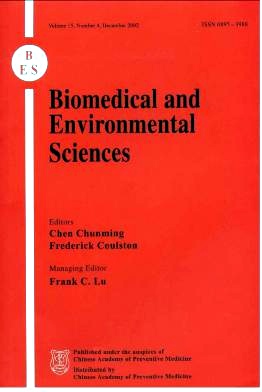Urban-Rural Comparison of HBV and HCV Infection Prevalence in Eastern China
-
Key words:
- HCV Infection /
- city group /
- Shaanxi Province /
- urban areas /
- rural areas /
- hepatitis B
Abstract: The present study was initiated to make an urban-rural comparison of the prevalence of cases positive to hepatitis B and C virus (HBV and HCV, respectively) infection markers in densely populated eastern half of China. For this purpose, 10 survey sites were selected, i.e., six sites in urban areas (the city group; Beijing, Shanghai and four provincial capitals) and four sites in rural areas (the village group ; one village each in Jilin and Shandong Provinces, and two villages in Shaanxi Province). About 50 adult women per site volunteered to participate, from whom 494 valid blood samples were collected. Positivities to HBsAg (HBsAg+), anti-HBs (anti-HBs+) and anti-HBc (anti-HBc+) were examined by RIA methods, and that to anti-HCV (anti-HCV+) by either EIA or RIA. Those positive to any one of the three HBV infection markers were taken as HBV infection-positive (HBV+). The prevalence of HBsAg+, HBV+ and anti-HBc+ was 8%, 70% and 2.7% in the city group, and 8%, 65% and 2.0% in the village group, and no significant difference was found between the two groups. The overall prevalence was 8% for HBsAg+, 68% for HBV+, and 2.4% for anti-HCV+. The results were discussed in reference to some 20 papers each on HBV+ and anti-HCV+ prevalence in China published since 1991. The reviewing of these papers confirmed that the prevalence of HBV was high (i.e., in excess of 50%), whereas the prevalence of anti-HCV was low (well below 5%), and that no substantial difference was found between the rural and urban populations.
| Citation: | QU JIANG-BIN, ZHANG ZUo-WEN, SHINICHIRO SHIMBO, TAKAO WATANABE, HARUO NAKATSUKA, NAOKO MATSUDA-INOGUCHI, KAE HIGASHIKAWA, MASAYUKI IKEDA. Urban-Rural Comparison of HBV and HCV Infection Prevalence in Eastern China[J]. Biomedical and Environmental Sciences, 2000, 13(4): 243-253. |







 Quick Links
Quick Links
 DownLoad:
DownLoad: